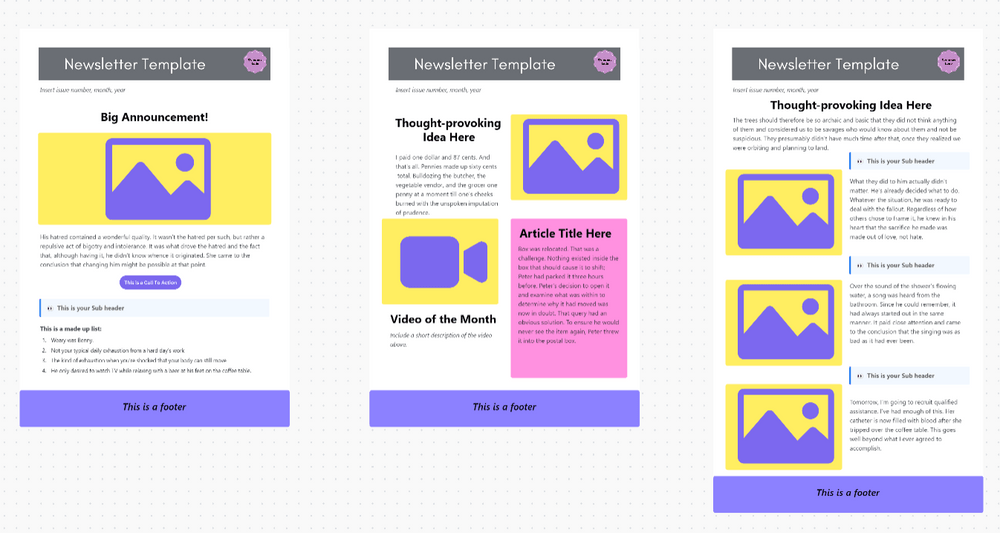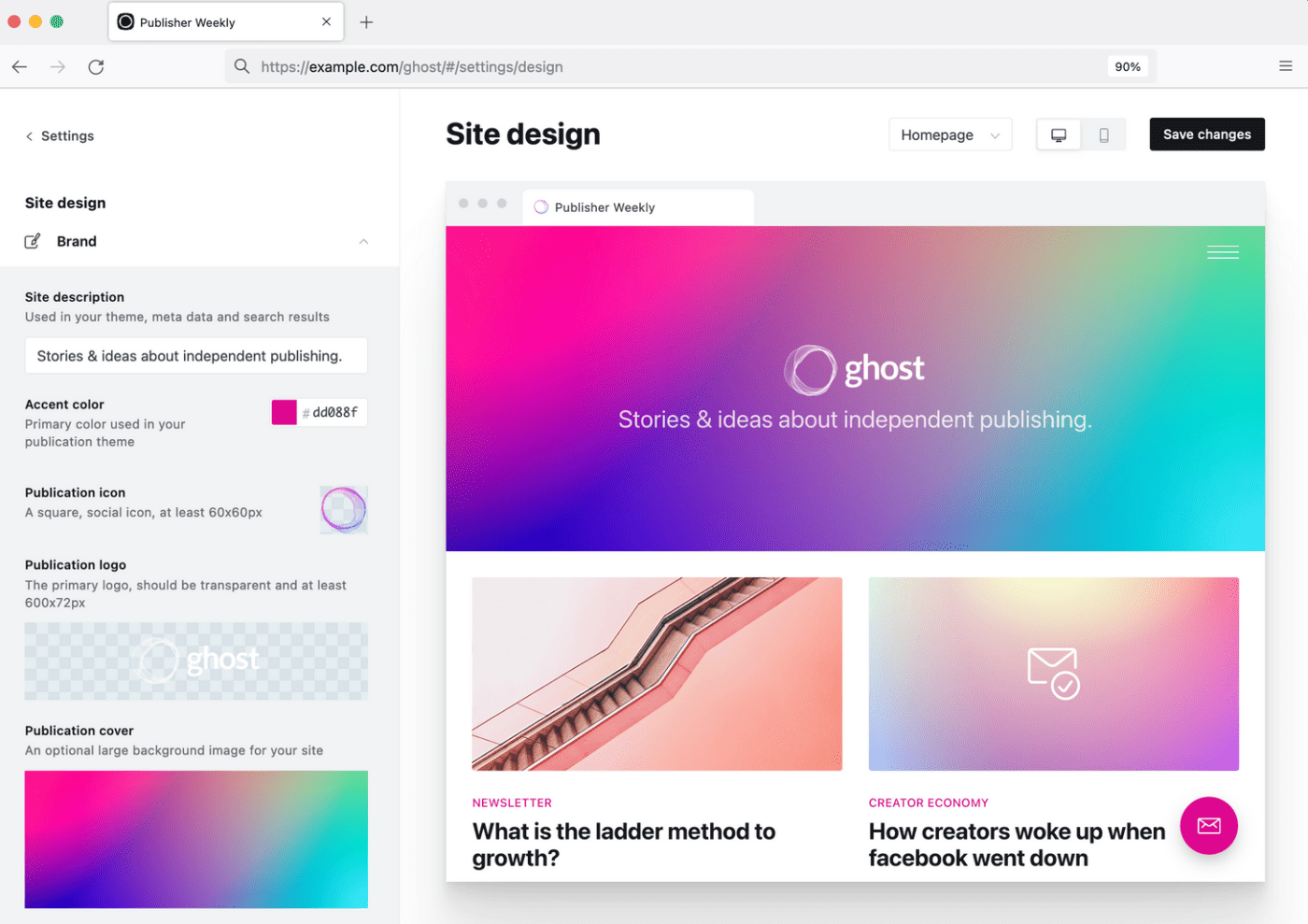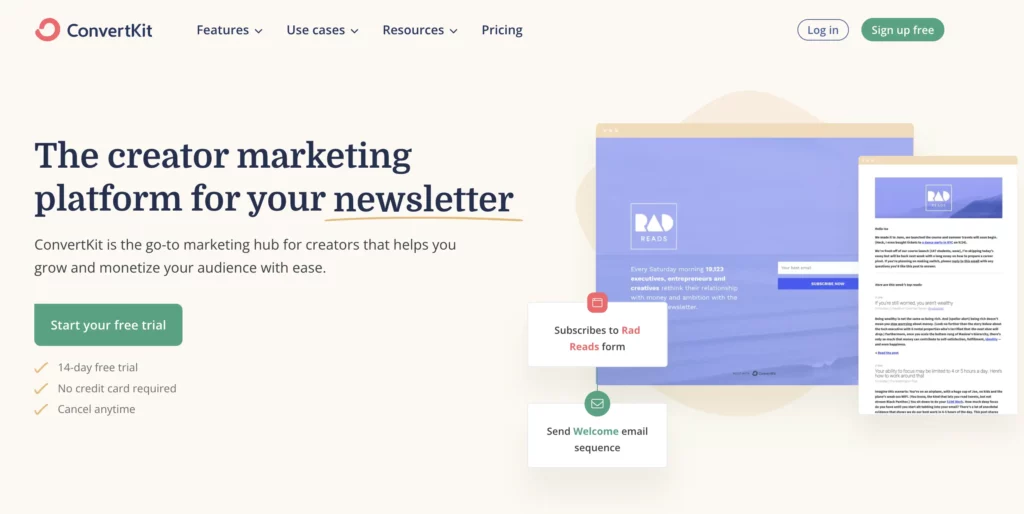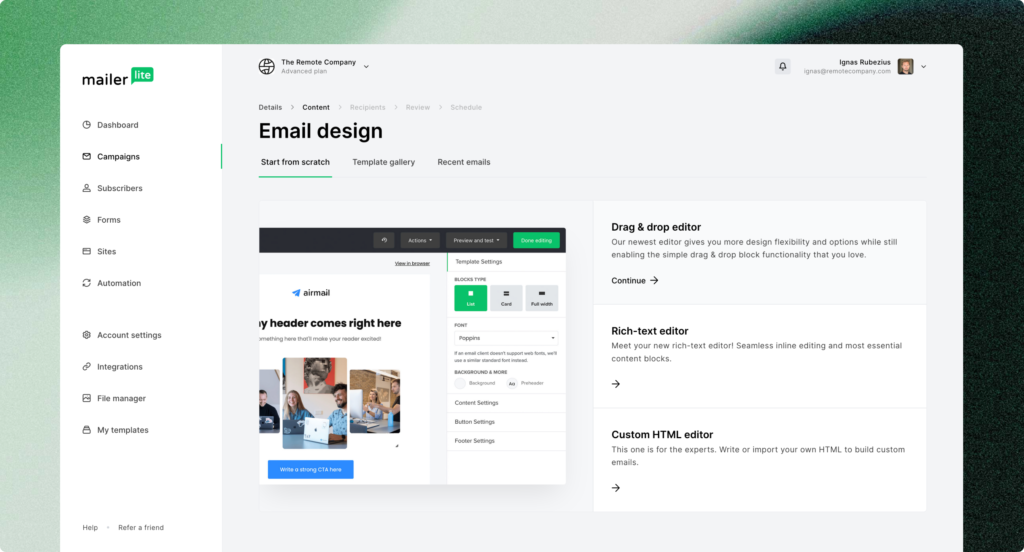9 Best Substack Alternatives for Newsletters in 2025

Sorry, there were no results found for “”
Sorry, there were no results found for “”
Sorry, there were no results found for “”
Over the last few years, Substack has built a reputation as a newsletter platform anyone can use to monetize their content through paid subscriptions. But it’s not the only content membership platform out there, and many Substack alternatives offer similar—if not better—features and services for you and your readers.
You probably already know about the plethora of content creation apps available. But what about a publishing platform specifically for creating paid subscriptions?
Alternatives to Substack have various forms, including a blogging platform, email marketing platform, and other business tools. The best Substack alternatives share some common characteristics:
The most popular, top-rated Substack alternatives include most, if not all, of the above features.
If you’re ready to find your perfect alternative to Substack, get started with this list of top business tools.

Why is a content management and productivity platform like ClickUp listed as the top Substack alternative? It’s simple: The writing and document management features, plus ready-to-use newsletter templates, are simply so good you can’t resist.
Unlike other Substack alternatives, ClickUp is more than just a newsletter or blogging platform. It’s the only platform on this list that enables teams to manage their entire workflow, including content creation for email subscribers and so much more.
It makes ClickUp a top newsletter platform and the best alternative to Substack available.


Ghost’s clean, user-friendly interface is one of the top reasons it’s among the best alternatives to Substack. Even its lower subscription tiers allow content creators to quickly create and manage paid newsletters and website content.

Moosend is an email marketing platform that prides itself on simplicity. Independent writers and businesses can use it for general email marketing and standalone newsletter subscriptions to build and engage audiences over time.

Notion is a comprehensive productivity platform for managing your work. Its newsletter operating system is an interesting feature rather than the entire business model. Unlike Substack, Notion focuses on efficiency, helping writers create paid newsletters almost effortlessly.

ConvertKit is a platform for content creators. Much like Substack, its entire business model focuses on generating email subscribers and planning and publishing premium content.
Its pricing options are in the middle range, making it perhaps the most direct competitor to Substack. While Substack takes a 10% cut of all subscriber revenue, ConvertKit bases its pricing on number of subscribers.

Whether you publish podcasts and newsletters or host online communities, the next Substack alternative, Memberful, will help monetize your efforts. The platform allows you to create your website or hook directly into an existing CMS like WordPress. This simplifies back-end work, allowing you to focus on creating engaging content.

MailerLite’s platform goes above and beyond an email tool. The software’s email marketing tools allow users to set up paid newsletters to build a recurring subscription fee process easily. Landing page development and helpful automation give you a tool for building and engaging your paying audience.

Long a staple among membership platforms, Patreon shines in its versatility. Creators are able to use it to monetize almost every type of content, including written content, podcasts, art, music, education, and live streaming. Its core capabilities focus on membership, leaving content distribution to creators.

Although not a membership platform, Benchmark is the rare email tool that might just integrate perfectly into your paid newsletter plans. Its editor allows you to create newsletters easily, while integrations, such as Shopify, help you promote your paid products, services, and content to your subscribers
If you’re looking for the best alternative to Substack, you’ve come to the right list. With features such as AI-supported writing, document management, and content calendar templates, you can’t go wrong.
And that’s before you add in comprehensive project management and automation features.
Remember, ClickUp is free for all users, allowing you to build your own newsletter and email campaigns before committing to any budget for your business model. It’s a great platform to start building your strategy for publishing content your audience will love.
Ready to get started? Create your free ClickUp account today and build your plan to earn recurring revenue!
© 2025 ClickUp